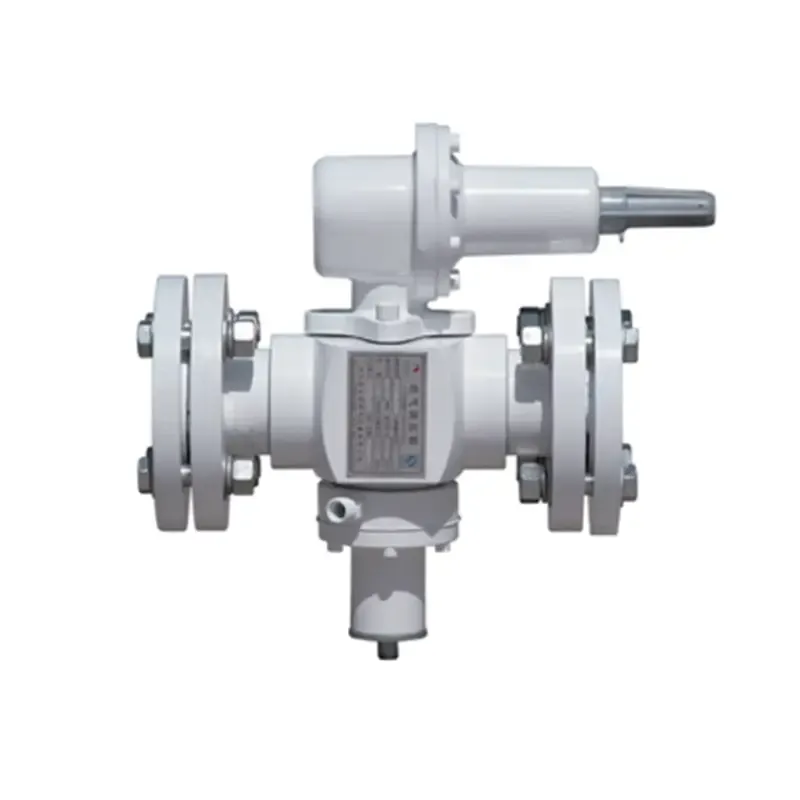
Dec . 04, 2024 16:41
Back to list
محطة تخفيض الضغط
Understanding Pressure Reduction Stations Their Importance and Functionality
Pressure reduction stations (PRSs) play a crucial role in the modern infrastructure of gas distribution systems. These stations are designed to reduce the pressure of gas from high levels used during transportation to lower levels suitable for end-user consumption, ensuring safety and efficiency across various applications.
What is a Pressure Reduction Station?
A pressure reduction station is a system used to control and maintain the pressure of gas as it moves from high-pressure pipelines to distribution networks or directly to consumers. These stations are essential components in the supply chain of natural gas, propane, and other gaseous fuels. The primary function of a PRS is to mitigate the gas's pressure to prevent damage to downstream equipment, safeguard users, and ensure compliance with regulatory standards.
Components of a Pressure Reduction Station
A typical pressure reduction station consists of several key components, each serving a specific purpose
1. Regulators These devices are the heart of a PRS. They automatically adjust the flow of gas to maintain a predetermined output pressure, responding to variations in upstream and downstream demand.
.
3. Shutdown Valves In the event of an emergency, automated shutdown valves can quickly stop the flow of gas, ensuring safety and minimizing risk.
محطة تخفيض الضغط

4. Measurement Instruments Pressure, temperature, and flow measurement devices are installed to monitor the performance of the station continuously. This real-time data is critical for the safe operation of the gas supply system.
5. Bypass Lines These lines allow gas to flow through the station even during maintenance or in case of equipment failure.
The Importance of Pressure Reduction Stations
1. Safety High-pressure gas can be dangerous if not handled properly. PRSs help reduce pressure safely and manage gas flow, lowering the risk of leaks or explosions.
2. Efficiency By maintaining optimal pressure levels, PRSs enhance the efficiency of gas distribution systems. They ensure that gas is delivered at the appropriate pressure for various applications, such as heating, cooking, and industrial processes.
3. Customer Satisfaction Consistent and reliable gas supply is critical for residential and commercial customers. PRSs help ensure that consumers receive gas that meets their specific pressure requirements, leading to improved satisfaction and fewer service interruptions.
4. Regulatory Compliance Natural gas systems are subject to strict regulations concerning safety and environmental impact. Pressure reduction stations help operators comply with these regulations by maintaining safe pressure levels and providing necessary reporting data.
Conclusion
In summary, pressure reduction stations are vital components of gas distribution systems that ensure the safe, efficient, and reliable delivery of gas to consumers. Their intricate systems of regulators, filters, and safety measures play a crucial role in mitigating risks associated with high-pressure gas. As the demand for cleaner energy sources continues to rise, the importance of pressure reduction stations will only grow, highlighting the need for continued investment in technology and infrastructure to support safe and efficient gas distribution. Understanding the workings and importance of PRSs can foster more significant awareness of the critical infrastructure supporting our daily lives.
Next:
Latest news
-
Safety Valve Spring-Loaded Design Overpressure ProtectionNewsJul.25,2025
-
Precision Voltage Regulator AC5 Accuracy Grade PerformanceNewsJul.25,2025
-
Natural Gas Pressure Regulating Skid Industrial Pipeline ApplicationsNewsJul.25,2025
-
Natural Gas Filter Stainless Steel Mesh Element DesignNewsJul.25,2025
-
Gas Pressure Regulator Valve Direct-Acting Spring-Loaded DesignNewsJul.25,2025
-
Decompression Equipment Multi-Stage Heat Exchange System DesignNewsJul.25,2025

